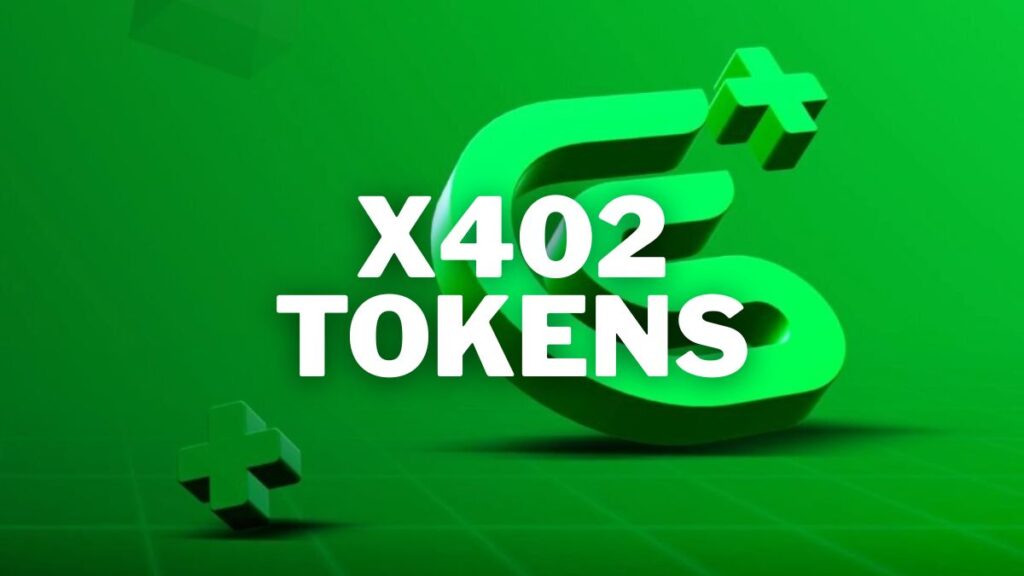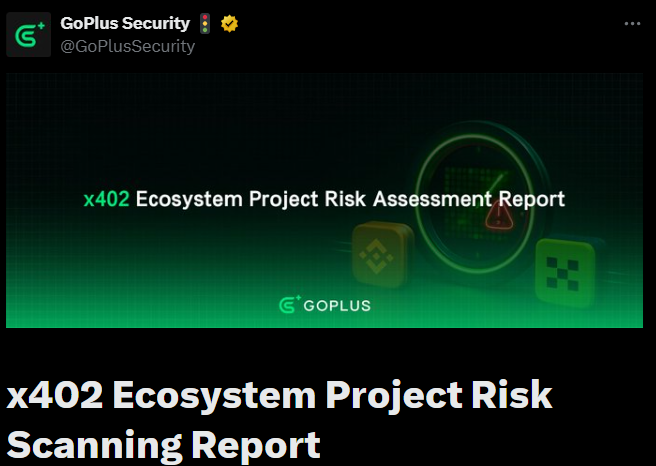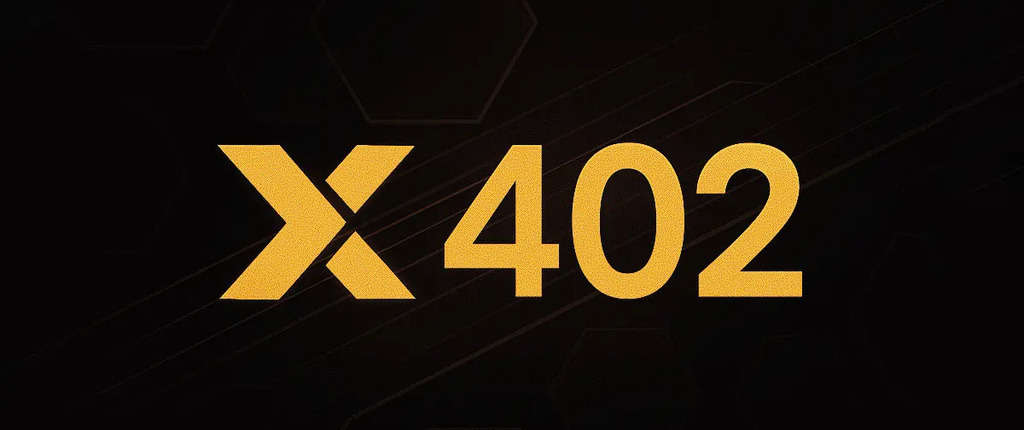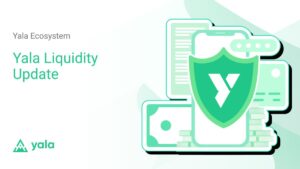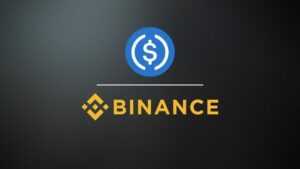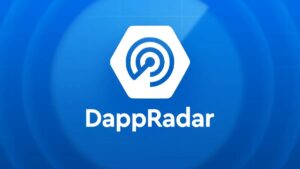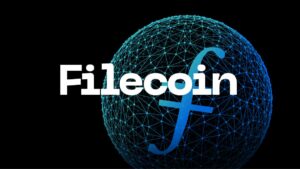TL;DR
- The x402 token ecosystem is expanding at a pace that outstrips current auditing capacity, leaving numerous vulnerabilities exposed.
- A GoPlus report identifies a set of tokens with excessive permissions, unlimited minting, replay-vulnerable signatures, and routes that allow funds to be drained.
- Recent exploits and the list of risky contracts show that every x402 token requires a deep audit to prevent risks that are growing faster than the market itself.
The x402 ecosystem is expanding at a speed that surpasses available auditing bandwidth and leaves a trail of vulnerabilities that have already caused real losses.
This protocol was born as a reinterpretation of the HTTP 402 Payment Required code and proposes a native micropayment system for apps, wallets, and platforms. The idea attracted major companies like Coinbase and Google and opened the door to a wave of developments that blend payment tools, experimental applications, and a surge of tokens. That combination created a very active but also fragile ecosystem.
GoPlus Security released a report outlining severe flaws across a wide range of x402 tokens. The analysis relies on a language-model-based auditing engine that reviews permissions, internal routes, and exposed functions.
Recurring Patterns
GoPlus identified recurring patterns: excessive authorizations that allow an owner to extract assets belonging to others, unlimited minting functions, special routes that bypass allowance checks, signatures vulnerable to replay, and architectures that enable honeypot-like behaviors. Most of these issues are not theoretical because the network has already suffered attacks that exploited these vectors.
On October 28, an x402 cross-chain protocol suffered an exploit rooted in misconfigured permissions. The attacker drained USDC from more than two hundred wallets in minutes. Hello402 revealed another consequence of lax design: a token with unlimited minting, centralization risks, and insufficient liquidity, which triggered a sharp price drop. Both cases confirm that the attack surface is expanding at the same pace as the enthusiasm for this new category.
x402 Projects With Identified Vulnerabilities
The report also lists projects with critical vulnerabilities. FLOCK allows an owner to extract any ERC20 from the contract. x420 allows unrestricted minting. U402 delegates unlimited creation to the bond role. MRDN includes a function that lets the owner withdraw any token. PENG combines a route that drains ETH with an allowance bypass. x402Token, x402b, and x402MO follow similar patterns. H402 (Old) still includes functions that enable unrestricted minting and direct developer-controlled token creation.
The x402 token ecosystem needs a stricter review process if it intends to sustain its early expansion. The community is chasing new opportunities, but the current dynamics show that every token must undergo a deep audit before launch. Without that filter, the risks outweigh any early-growth narrative


